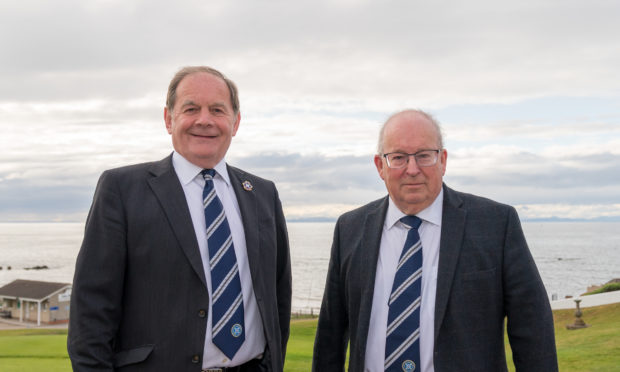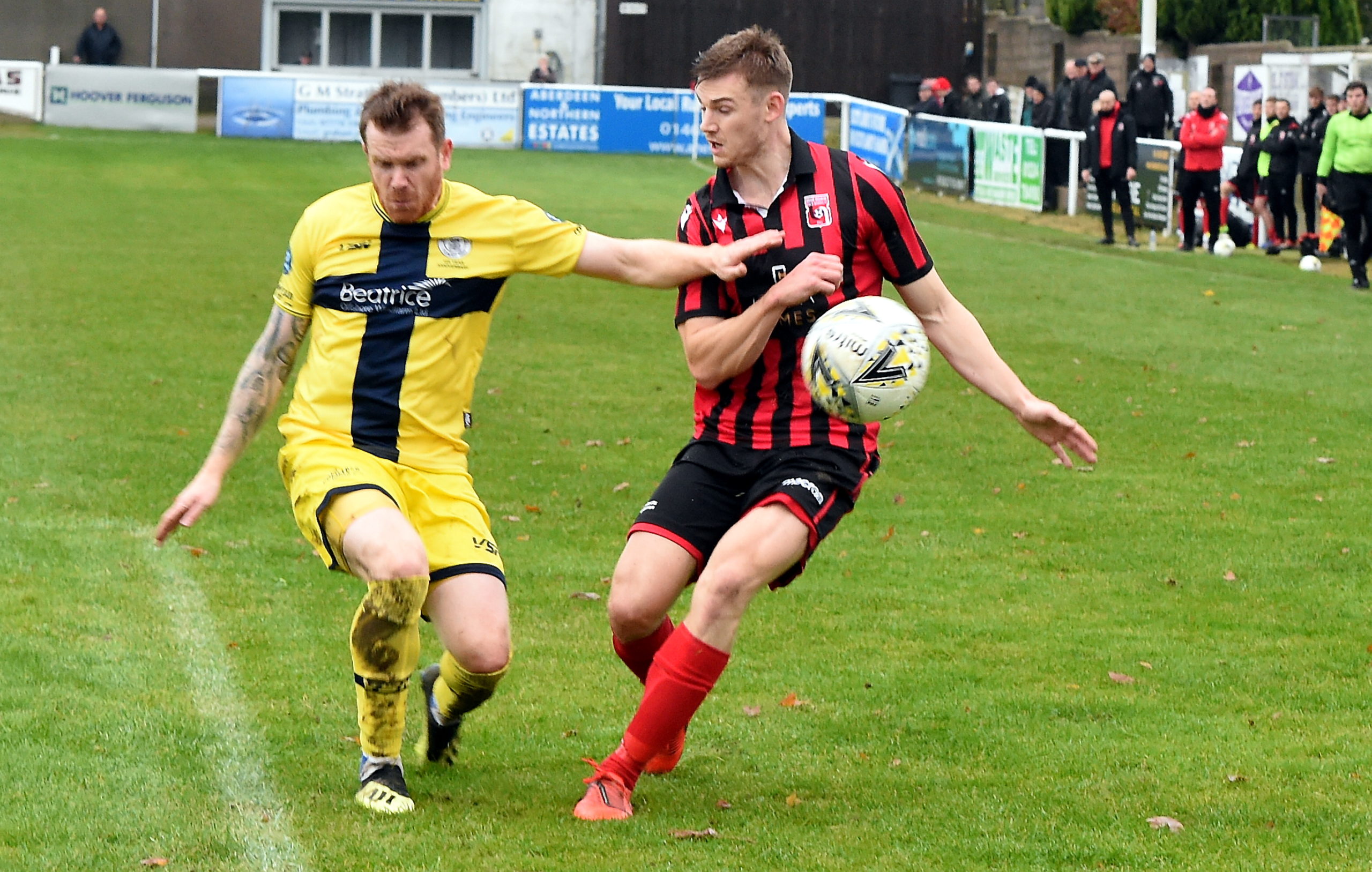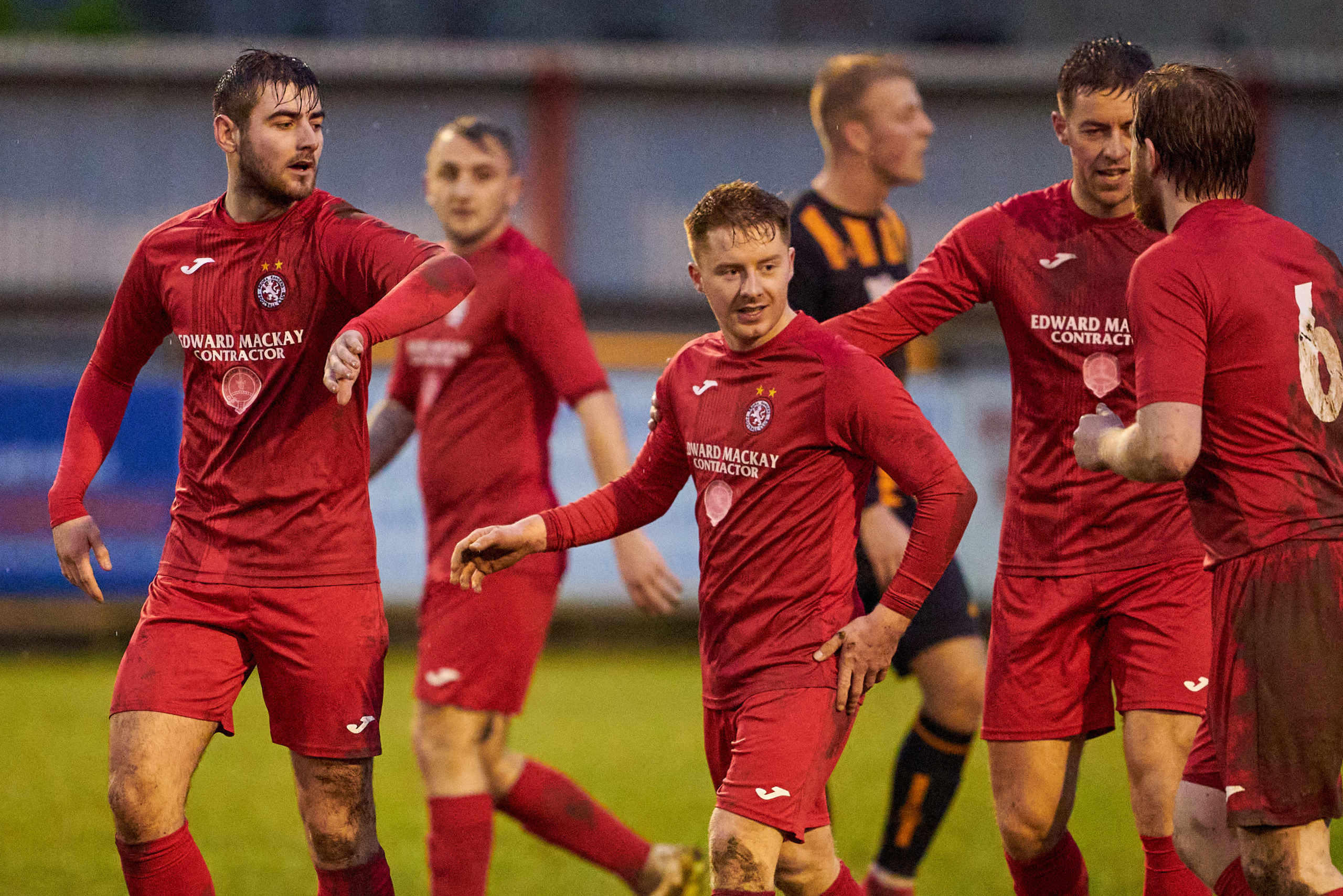With the start of the 2020-21 Highland League season delayed until November 28 at the earliest, league secretary Rod Houston spoke to Callum Law about the challenges facing the division.
Q. What are the challenges the Highland League is facing at this moment in time?
A. The challenges are immense. The central challenge is finding a way of keeping things going if we can, in a manner that doesn’t compromise the financial stability of clubs.
Throughout the pandemic the worry has been clubs maybe struggling to exist and that has been central in our thinking for as long as decisions have to be made and for as long as we have to give the league management committee advice on what we do as an organisation.
The issue around spectators is the litmus test because if we can’t get spectators in then a lot of other stuff can’t happen.
I’ve seen a lot of coverage in recent weeks where people have said ‘you could easily socially distance people in a Highland League ground’. That strikes me as being obvious, but the simple thing is that we’re not allowed to at the moment.
We are on the list to be there as early as possible, but for the moment we have to wait.
If we get that issue sorted we then have to look at things like player welfare and we’ve been working furiously behind the scenes with the Scottish FA and the Scottish Government to try to get a set of arrangements to allow spectators in to generate some revenue for clubs, but also make sure that we’ve covered player welfare.
I don’t want Wick Academy, for example, to be travelling long distances in October, November or December when it’s cold it’s wet and it’s muddy and players are just expected get themselves into dry, comfortable clothing (with no access to shower facilities) before they make the return journey.
There’s a serious welfare issue there and these are the things that are concerning us as a league at the moment and what we’re trying to face up to.
Q. Do you feel player welfare issues such as restrictions on the use of changing rooms and showers and advice about travelling to games individually have been overlooked because of focus on getting supporters back into grounds?
A. I would hate to put a weighting on different issues. The return of spectators has become the litmus test for the league, but in among that we have been looking at travel issues, whether the return of spectators alone would generate enough revenue for clubs and also player welfare.
They are all components of thinking that have been considered for at least the last three months to try to ensure we get the right combination of things to allow the game to resume.
But if we can’t get the right combination, we can’t resume the game for the sake of clubs and for the sake of human beings.
Sometimes I sense that people have forgotten we are in the middle of a pandemic.
We’re trying to mitigate the worst effects and get as much normal stuff going as we can.
But we can’t do it at any cost and the costs would be human welfare and the existence of the clubs which are the brilliant core of the Highland League.
Q. With the season delayed until November 28 at the earliest is the threat to the existence of clubs still very much there?
A. It’s a concern that hasn’t gone away. On March 21, when we said that was it for the 2019-20 season, we were aware that the underpinning concern was would clubs get through this.
By stopping early and as a result of players and staff the length and breadth of the league making great efforts to help their clubs by not taking wages, it has made a big difference.
There are still fixed costs because clubs have stadiums and costs associated to that. As far as we can we have been trying to ensure we don’t lose sight of that and that any arrangements we make don’t put an unnecessary burden on clubs.
I speak around the league a lot and, while I have concerns, nobody has given us an amber for red signal.
There are concerns and clubs are mindful of the situation, but if green is for go nobody is giving us a signal of amber thinking towards red. If that happened we’d have to look at what we were doing.
Q. Were the issues surrounding player welfare and the return of supporters central to the decision to delay the beginning of 2020-21 season from October 17 to November 28 at the earliest?
A. All those factors were central to it. We’re catching our breath just now. We never stop checking the media and the government advice and engaging with the relevant organisations.
That’s a process that has gone on for months. We are all desperate to get back, but we’re not prepared to get back at any price.
I certainly wouldn’t be prepared to advise the league management committee to go back any price, nor do I think they would opt to go back at any price, because there is a serious outbreak of common sense among them.
In the last week a number of fairly senior individuals in the game have been in touch to compliment the Highland League on its proportionate response to the situation. The word sensible has been used, which can be difficult to get used to in football.
I described it last week as a wise decision and I feel the responses we’ve had would back that up.
The interest in the Highland League has never diminished, but the number of people that have said it was the right call has been interesting. As much as people want it back they understand the situation.
Q. What will need to change to allow the 2020-21 season to start?
A. Two things will need to happen. The public health situation will need to improve.
Over the last few weeks watching the news, we were thinking the numbers were going in the wrong direction.
The way the numbers have gone it hasn’t given government any encouragement to loosen things up for football, even at our level.
We need those things to start changing so that the issues surrounding player welfare can be at a level that is manageable and so that fans can be let into grounds and whether that is sufficient to get the season started will ultimately be a judgement call for the clubs.
Our job is to try to provide them with the best information on which to base that judgement.
One thing we’re looking at in the short-term is the live streaming online at 2019-20 Highland League Cup semi-finals and final.
As well as being a chance to complete that competition, it gives us the chance to look at if streaming is an option. If the new season is to start, there has to be an adequate revenue stream for clubs to meet their home match costs and the costs of going to away games.
A home game is a fortnight’s revenue and, it’s not just about some clubs being able to get 300 people in or being able to live stream games, but can we get all the games live streamed every week with a sufficient audience to meet the clubs’ costs? And that’s a terribly difficult equation.
Q. Is discovering the appetite for games being streamed something that can only be worked out by trying it?
A. That’s why we’ve been quite keen to use the latter stages of the Highland League Cup and we will be making more announcements about it soon.
But we know these are semi-finals and a final, so how much of the interest may be on a novelty basis? If streaming was to be happening every weekend, how much of the interest would be novelty value and how quickly would it wear off?
That’s what we need to look at. Some clubs are well set-up for streaming, but it has to be right for everybody because this is about the whole league and not individual clubs.
Q. Can you outline the factors behind the decision to complete the 2019-20 Highland League Cup behind closed doors?
A. The streaming was one part of it. But there is a concern which underlies it which is ‘what if we don’t get any football in season 2020-21?’
The Prime Minister spoke about it being six months before crowds could return and I’m sure the First Minister’s jaw must have dropped at that because it’s a big ask of the public. The First Minister seems happier working in three-week bursts in a more deliberative approach.
But as soon as you hear six months being mentioned by the highest political office in the land your thought is ‘that’s the season.’
I must say Utilita the sponsors have been great. They’ve been in touch regularly over the last six months and been very supportive when they could have legitimately asked for their money back, but they haven’t.
This is the 2019-20 Highland League Cup, if the elephant in the room actually stands up and trumpets it would mean we would not be completing the 2019-20 League Cup until season 2021-22, which looks silly.
The other thing was that we have been planning for October 17 already, so for the four semi-finalists they just had to sustain the pre-season plans they already had in place to allow us to complete the League Cup.
Q. Some people have questioned why the Highland League Cup can be completed but the new season can’t start. Can you understand that reasoning and explain why that isn’t happening?
A. I can’t understand that because you need to look at the nuances of each case. These are two completely separate events and, if the League Cup had been finished before last season was shutdown, this wouldn’t be happening.
The difference between a whole league championship with spectators, which is the league’s policy decision, and a contained set of three fixtures which enable us to experiment with alternative forms of delivery, are substantially different.
I would ask anyone who feels the league championship could be starting on October 17 to revisit the considerations because they are two different sets of considerations.
Q. How concerned are you that there will be no Highland League football in the 2020-21 season?
A. I have to recognise the risk, but I’m not at the stage yet of fully assessing that risk, because we have enough options that we can utilise at this moment.
If the bad numbers continue throughout the winter and the league championship can’t be played, one possible scenario may be that in the spring we could play a Highland League Cup tournament, a North of Scotland Cup tournament and have Aberdeenshire Cup and Aberdeenshire Shield tournaments.
That may allow clubs to get spectators back and get back to some football and some normality and getting sorted, so that when the pre-season for season 2021-22 comes around, everyone would be prepared following a long lay-off.
That kind of thinking is there, but we’re not at that stage yet and we’re not at the stage yet to quantify the risk.
We will go through October and see how things progress before taking stock in early November, because we don’t know what the situation will be come November 28.
If you rewind four weeks everyone was planning for October 17, so it’s a very fluid situation. My job is to make sure we have covered all the options, the clubs are aware of all the options and have the best information they can on which to base their decisions.


